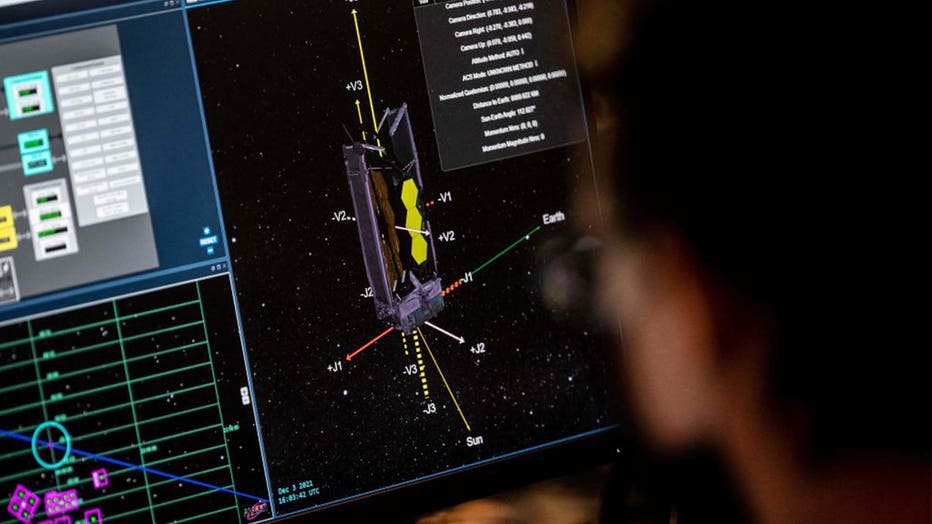James Webb telescope will soon let astronomers look back in time
CAPE CANAVERAL, Fla. - After a million miles, the most powerful space telescope ever launched is in its final resting place, a million miles away. The James Webb Telescope is now four times as far from Earth as the moon, and it is ready to explore galaxies as they existed billions of years ago.
Jose Cotayo loves the view from the batch of telescopes he sets up on his front lawn, even though it's a view of something that has already happened.
"There are some things you can't quite replicate by looking at a picture," Cotayo said. "If we could see the Orion Nebula tonight, that light has been traveling for over 1,500 years."
If the MOSI planetarium guide can see this much from Tampa, he can only imagine what the pros will be able to see from the other side of the moon, with a 14,000-pound, 70-foot telescope, with a mirror made of gold.
"I already have a tab [for the telescope website] that is permanently open on my computer," he said. "I just refresh."
NASA's James Webb Telescope launches into space
After years of delays, NASA's James Webb Telescope blasted off into space on Christmas morning. It's now the biggest and most powerful tool for exploring space that's ever been built.
MORE: James Webb Telescope reaches final destination, observations to begin in June
Today, the James Webb Telescope reached its orbit of a million miles from Earth, four times further than the moon.
From there, using cameras designed by Dr. Marcia Rieke, it will collect infrared light from galaxies that existed 13.8 billion years ago, just a few hundred million years after the big bang.
"I have been heaving one big sigh of relief after another," said Rieke. "It is giving us a completely new view of the universe."
They will be examining stars that have already been identified to have planets to hopefully learn about our own climate, our own sun and what we can do to keep both going.
"We are going to be learning a lot more about our place in the universe, and whether there is another place like it," said Rieke.

FILE - A technical drawing is seen on screen at the Webb Mission Office.
The Webb, which was launched Christmas Day, is a follow-up to the famed Hubble telescope, which mostly saw in observable light as opposed to infrared.
The Webb is seven times more powerful and can see two to three times closer to the big bang.
Jose can't wait to see what the Webb turns up that not even his great gear ever could.
"Looking that far back in time is sure to reveal some new information and hopefully revolutionize the way we understand the universe," said Cotayo.
The first step is getting all the images in focus, which requires turning the mirrors one nanometer at a time and can take months.

